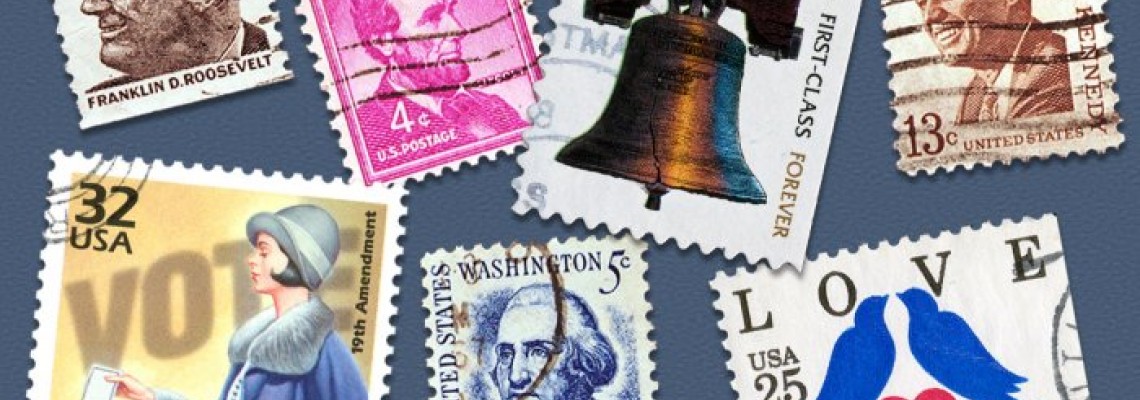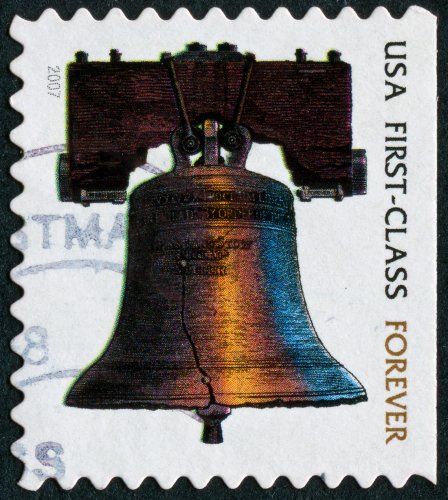
U.S. Post Office to Hike Postal Rates in January
The U.S. Postal Service will raise the price of a first-class “forever” stamp from 60 cents to 63 cents on Jan. 22, a 5 percent increase. A first-class stamp covers the cost to mail a 1-ounce letter. An additional ounce will remain 24 cents.
In addition to raising the price of forever stamps, the U.S. Postal Service will implement other postage increases as well, effective Jan. 22.
Metered letters will rise to 60 cents from 57 cents. Domestic postcards will rise to 48 cents from 44 cents. Outbound international letters will rise to $1.45 from $1.40. The temporary increase in package delivery rates that started on Oct. 2 will end Jan. 22.
How much do forever stamps cost?
Until Jan. 22, forever stamps cost 60 cents apiece. But the “forever” in their name means that even after the price rise in January, a single forever stamp you paid 60 cents for before Jan. 22 will still send a 1-ounce letter to any U.S. address. You won’t have to add additional postage to make up for the price increase. You can still use an original forever stamp purchased 15 years ago for 41 cents to mail a first-class letter today without additional postage.
Forever stamps, introduced in 2007, are always equivalent to the current price of a first-class stamp. Since 2011, virtually all first-class stamps sold are forever stamps.
You can even use forever stamps for outbound international letters. You’ll have to add additional stamps to get to the correct amount of postage for international mail, however. For international letters, a forever stamp has the monetary value of the price of a first-class stamp on the day it is used.
| Timeline: What did a first-class postage stamp cost? | |
|---|---|
| Year | Price |
| Jan 7, 2001 | $0.34 |
| Jun 30, 2002 | $0.37 |
| Jan 8, 2006 | $0.39 |
| May 14, 2007 | $0.41 |
| May 12, 2008 | $0.42 |
| May 11, 2009 | $0.44 |
| Jan 22, 2012 | $0.45 |
| Jan 27, 2013 | $0.46 |
| Jan 26, 2014 | $0.49 |
| Apr 10, 2016 | $0.47 |
| Jan 22, 2017 | $0.49 |
| Jan 21, 2018 | $0.50 |
| Jan 27, 2019 | $0.55 |
| Aug 10, 2021 | $0.58 |
| July 10, 2022 | $0.60 |
| Jan 22, 2023 | $0.63 |
Source: Historian, U.S. Postal Service
The Postal Service says that the overall rise in postal rates is 6.5 percent, compared to 8.6 percent for overall inflation for the 12 months that ended in May. A 1-ounce letter cost 6 cents in 1863, according to the USPS historian, and 8 cents 50 years ago.
Blame the internet
It's no secret that widespread use of email and the shift to online banking have taken a toll on the post office. People need fewer stamps for letters and bills these days, and businesses can reach customers more affordably and efficiently with email instead of junk mail.
The original U.S. Post Office Department, established in 1792 as part of the federal government, was reorganized in 1970 as the USPS, a separate agency, and generally receives no taxpayer money for operating expenses. According to a May 28, 2021, statement from USPS, the proposed postage price hikes are a first step in a plan to reverse a projected $160 billion in operating losses over the next decade.
A 2006 law capped postage increases at the consumer price index, the government's main measure of inflation. The same law, however, allowed the Postal Regulatory Commission to review the effects of the postage price cap, and in 2017, the commission ruled that the price cap hurt USPS profitability. In November 2020, the commission issued new rules that gave the Postal Service more flexibility when it comes to rate increases.
John Waggoner covers all things financial for AARP, from budgeting and taxes to retirement planning and Social Security. Previously he was a reporter for Kiplinger's Personal Finance and USA Today and has written books on investing and the 2008 financial crisis. Waggoner's USA Today investing column ran in dozens of newspapers for 25 years.


Leave a Comment